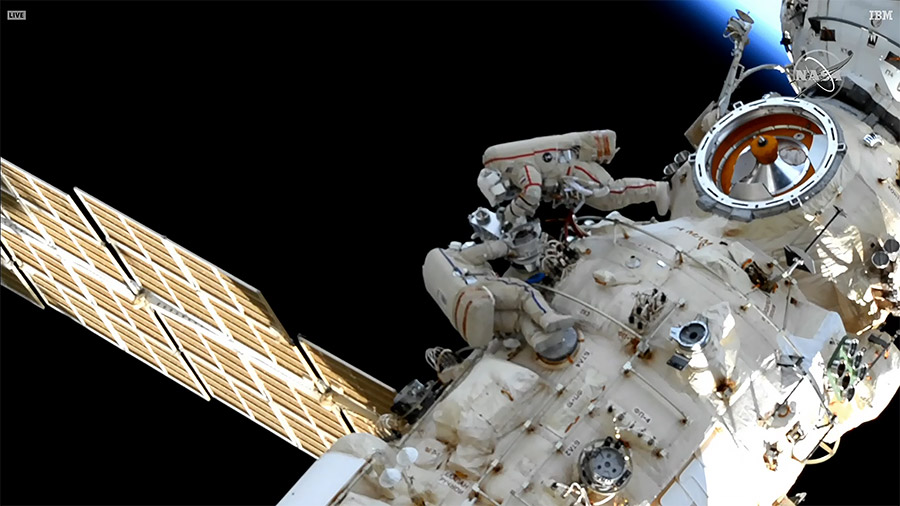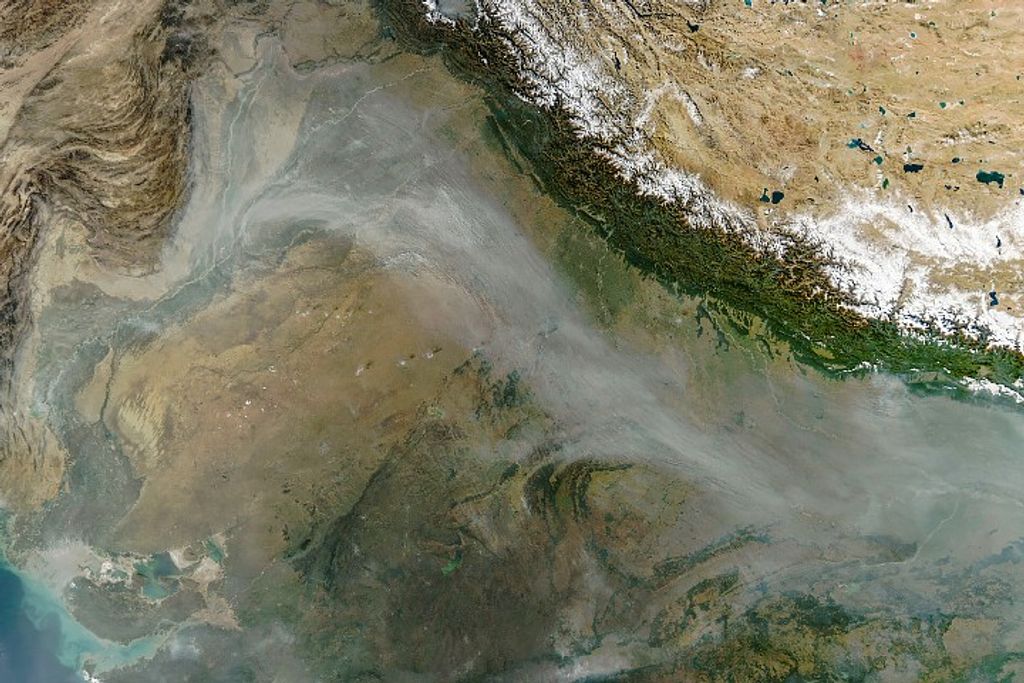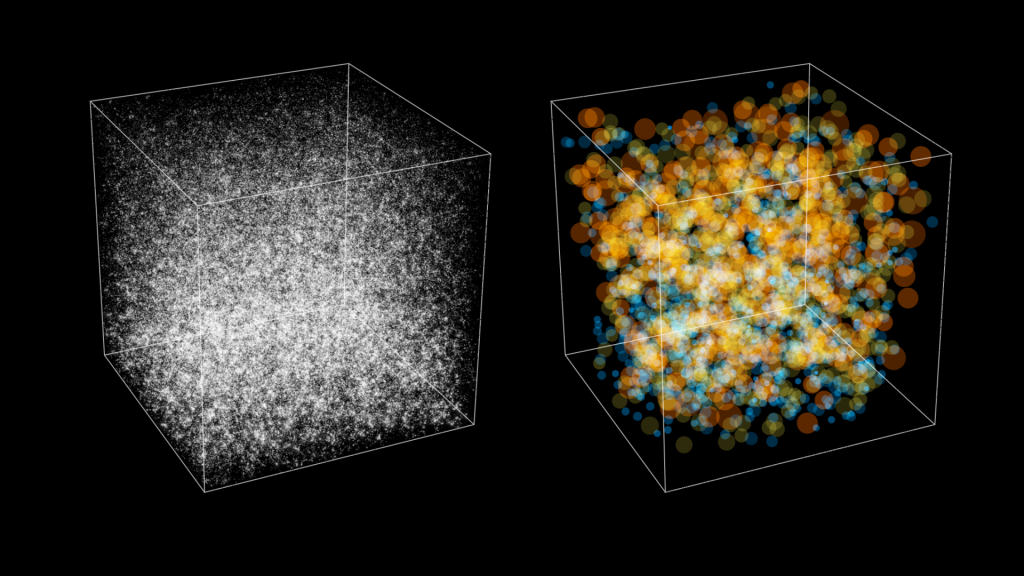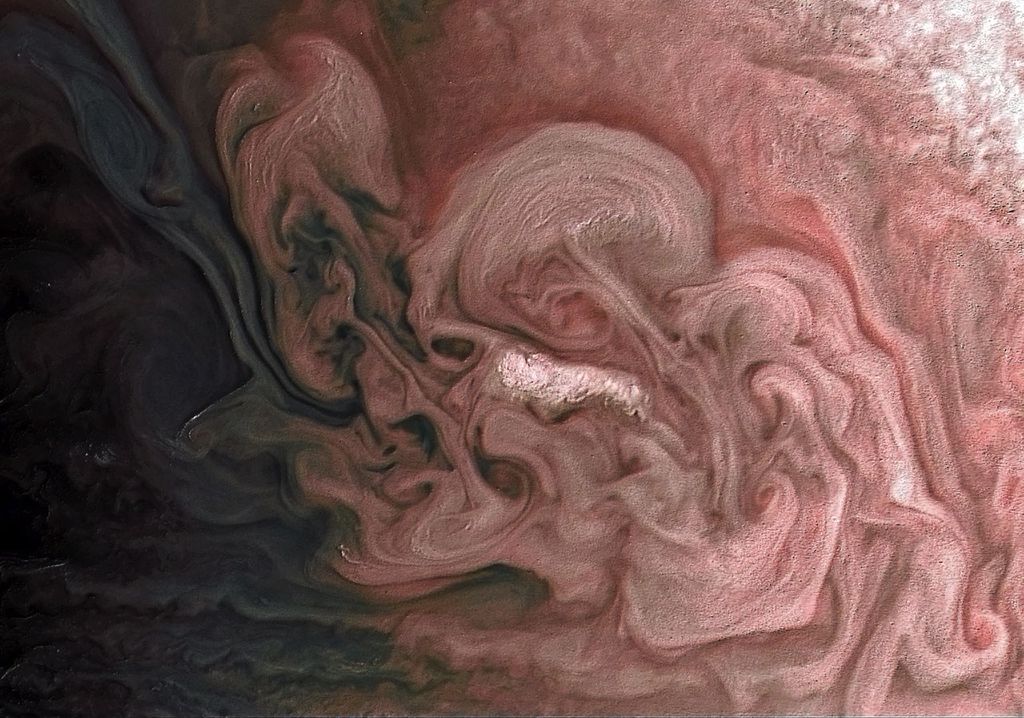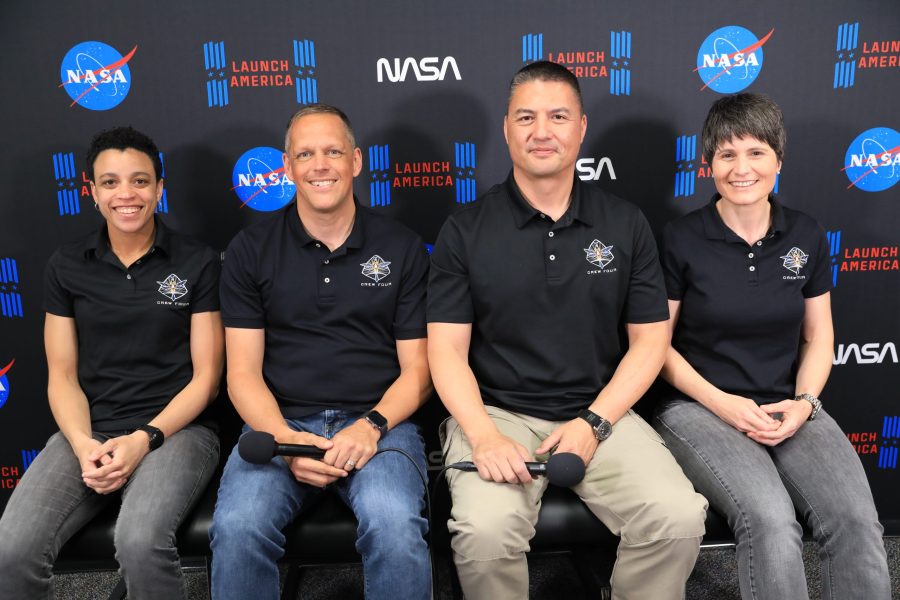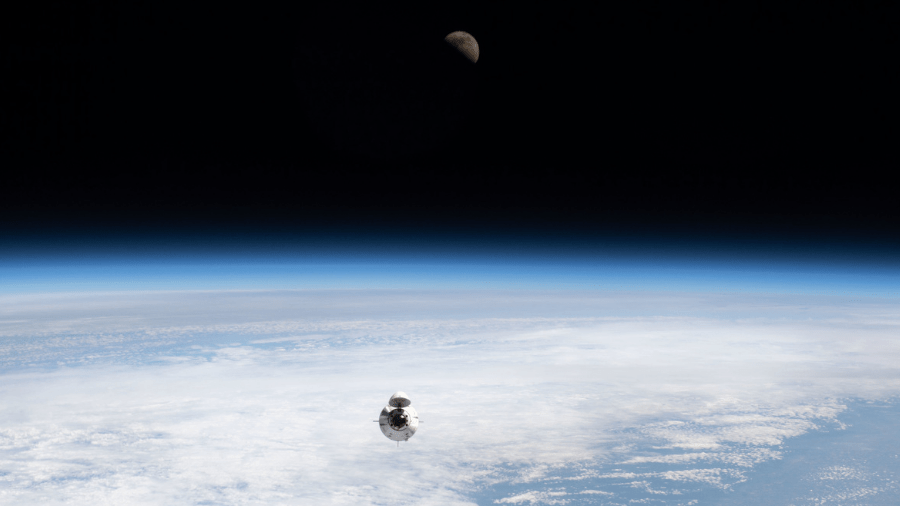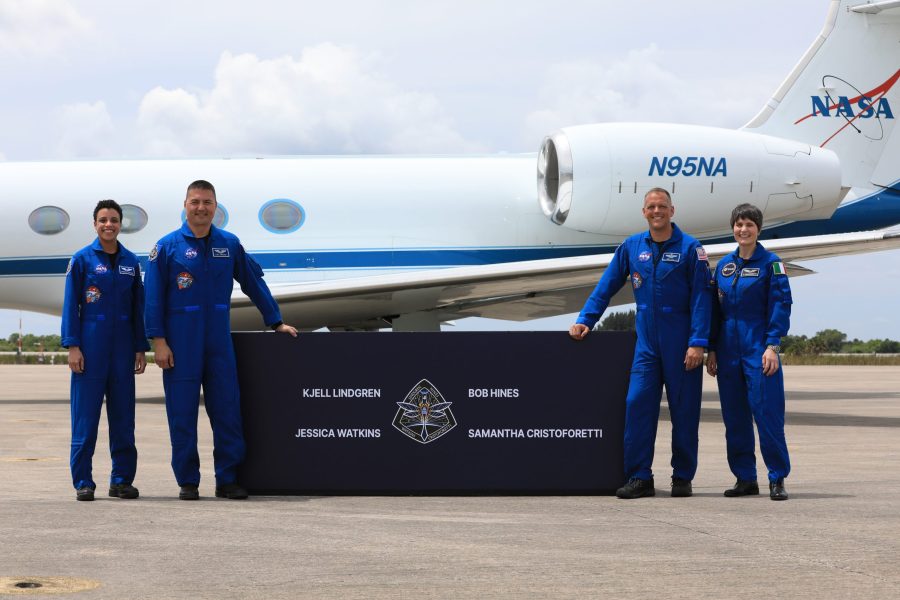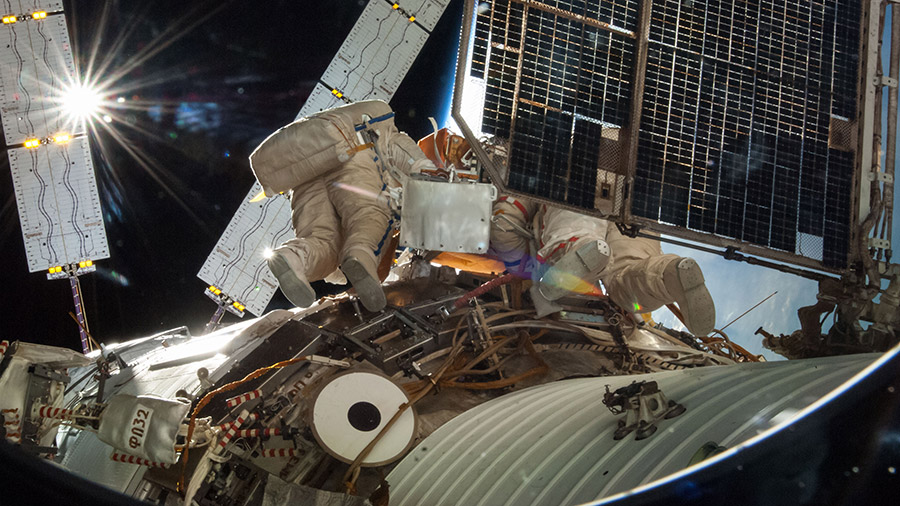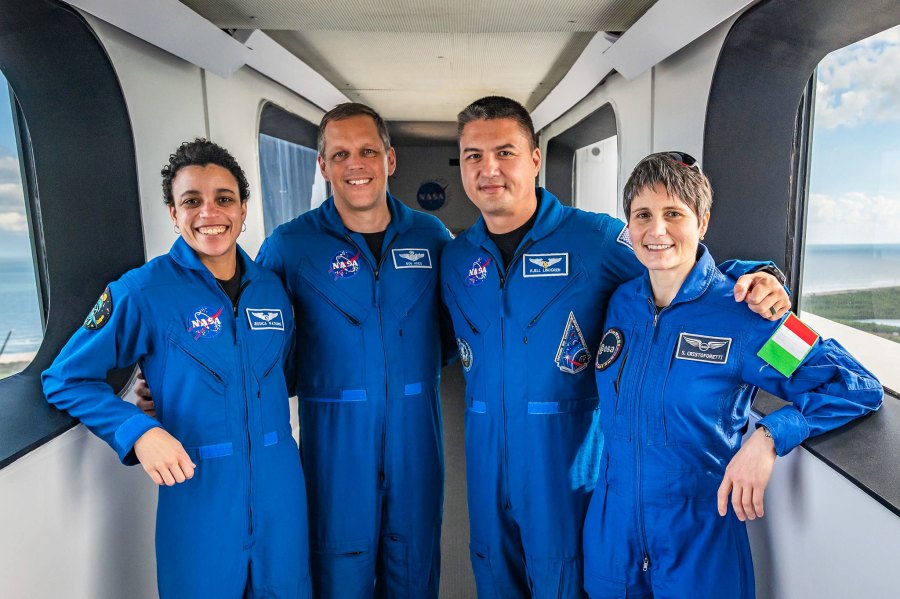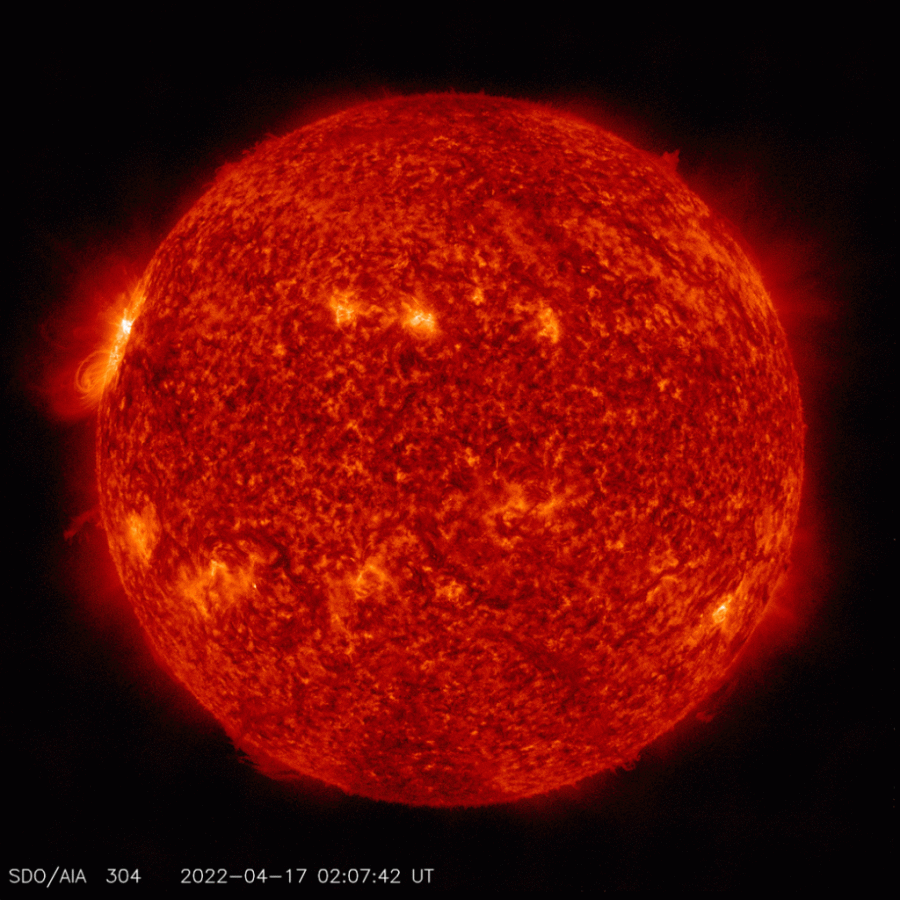Russian cosmonauts Oleg Artemyev and Denis Matveev of Roscosmos concluded their spacewalk at 5:37 p.m. EDT today after 6 hours and 37 minutes. Artemyev and Matveev completed their major objectives for today in which they installed and connected a control panel for the European robotic arm, a 37-foot-long manipulator system mounted to the recently arrived Nauka …
Cosmonauts Complete Spacewalk to Set Up Robotic Arm
